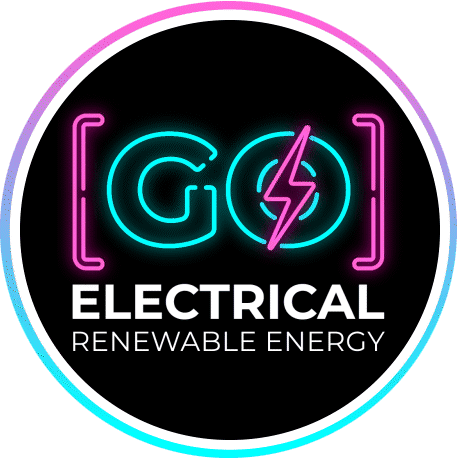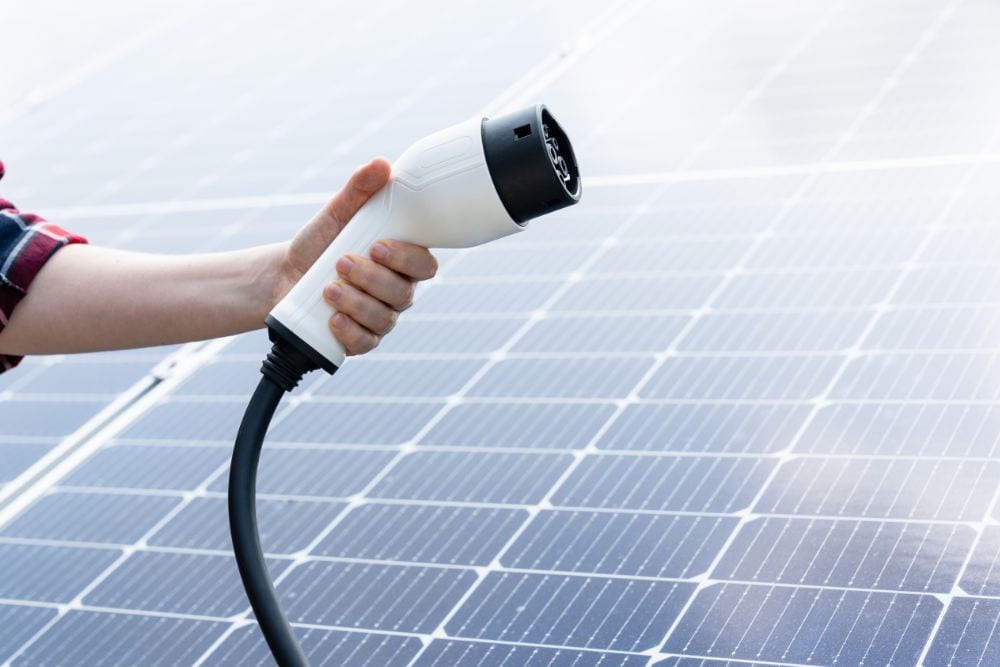As the winter season approaches, it’s essential to prepare your solar panel installation and electric vehicle (EV) charging cable for the colder months. Winter can bring challenging conditions that may affect the efficiency and longevity of your solar panels and charging equipment.
Let’s explore some crucial tips for winterizing your solar panels and EV charging cable to ensure they continue to operate optimally during the cold season.
Solar Panels
- Clean and Inspect Your Solar Panels
Before winter sets in, it’s important to give your solar panels a thorough cleaning. Dirt, dust, and debris can reduce their efficiency, as they block sunlight from reaching the photovoltaic cells. Use a soft brush or a non-abrasive sponge and some mild detergent to clean the surface of the panels. Be sure to rinse them well to avoid residue buildup.
While cleaning, also inspect the panels for any damage or wear. Check for loose connections, cracks, or dislodged wiring. Address any issues promptly to ensure the system functions properly during the winter months.
- Trim Nearby Trees and Vegetation
If you have trees or vegetation near your solar panel installation, it’s a good idea to trim them before winter. As leaves fall and snow accumulates, they can block sunlight and reduce the effectiveness of your solar panels. Trimming back any branches or shrubs that may obstruct the panels can help prevent this issue.
- Install Snow Guards
Snow and ice accumulation on solar panels can be a common problem in the winter, as they can prevent sunlight from reaching the cells. To mitigate this, consider installing snow guards on your solar panel installation. Snow guards are designed to break up the accumulation of snow and prevent it from sliding off the panels all at once, potentially causing damage.
- Check Your EV Charging Cable
Electric vehicle owners should also pay attention to their charging cables during the winter. Cold temperatures can affect the flexibility and durability of cables, making them more prone to damage.
Here’s what you should do:
a.) Inspect the Cable: Check the charging cable for any visible damage, such as frayed wires or cracked insulation. If you notice any issues, it’s essential to replace the cable to ensure safety and reliable charging.
b.) Keep the Cable Tangle-Free: Avoid leaving your charging cable tangled or kinked. This can weaken the cable over time, leading to potential safety hazards.
c.) Store the Cable Properly: When not in use, store your EV charging cable in a dry and sheltered area to protect it from the elements.
Invest in a Heated Charging Cable
In extremely cold climates, it may be worthwhile to invest in a heated charging cable for your EV. These cables come equipped with a heating element that prevents freezing and makes charging more convenient. While this may be a more substantial investment, it can be a game-changer during harsh winter conditions.
Monitor Your System Regularly
Throughout the winter, it’s crucial to monitor your solar panel installation and EV charging cable’s performance. Keep an eye on your energy production and the condition of your equipment. If you notice any issues, address them promptly to prevent further damage.
Winterizing your solar panels and EV charging cable is essential to ensure they function efficiently during the colder months. By cleaning, inspecting, and maintaining your solar panels, as well as taking care of your EV charging cable, you can make the most of your renewable energy system and electric vehicle even in winter’s challenging conditions. Get in touch with Go Electricals for all kinds of EV charging and solar panel installation solutions. Be proactive in preparing your solar panels and charging equipment, and you’ll reap the benefits of clean energy and hassle-free EV charging all year round.

